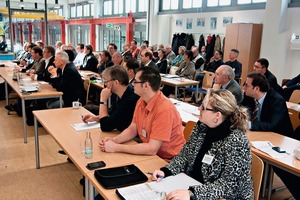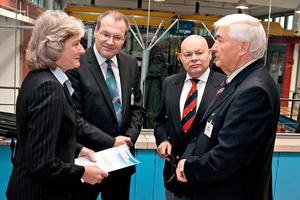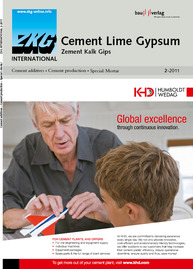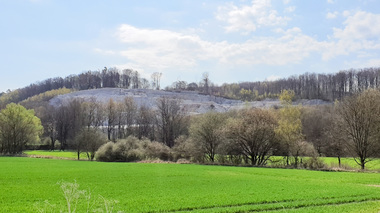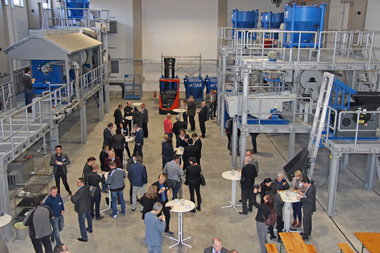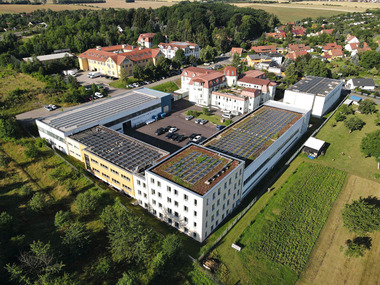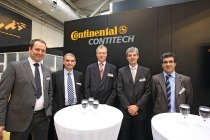Exchange concerning raw material exploitation and innovations in the building materials industry
6th Thuringian Building Materials Day, Nordhausen/Germany (4.11.2010)The current development of mining in Thuringia, raw material securing in Northern Thuringia, new research results of the alkali-silica-reaction (ASR) as well as the presentation of technical innovations in the building materials industry were the main topics of the 6th Thuringian Building Materials Day, which took place in the Nordhausen Advanced Technical College on 4 November 2010. More than 50 participants from industry, research institutions, agencies and authorities had accepted the invitation of the Employers’ Association Mineral Building Materials (UVMB) (Fig. 1). Co-organizer of the event was the new innovation network REDUMAD, which was founded in July 2010, and which promotes product developments in the field of building materials. The goal of this network with 18 members nationwide is the development of building materials connected with a reduction of CO2 (REDUMAD = CO2-reduction-material design). They are looking for suitable projects for this purpose that will then become funded research projects.
Discussions with all parties involved including the UVBM are important for the new regional development plant for Thuringia, which will be concluded in 2012, said Dr. Marion Eich-Born, State Secretary of the Thuringian Ministry of Construction, Regional Development and Traffic, (Fig. 2). As regards raw material exploitation in Thuringia, they “want to manage the balancing act between a medium-term, demand-oriented raw material securing as convenient as possible for consumers and the long-term availability of important raw material potentials”. The graduate geologist Angela Nestler from the Weimar-based Thuringian Regional Office for Environment and Geology (TLUG) explained that they are preparing a digital map without sheet lines of the near-surface raw materials of Thuringia (KOR 50 TH). For the time being about 50 % of the area of Thuringia have been covered. 10 of 24 map sheets have been digitalized. Only two to four new maps per year are possible for reasons of capacity.
Aluminate and siliceous admixtures as binders can prevent an ASR in the concrete. These are the first research results of Prof. Dr. Klaus-Jürgen Hünger from the Brandenburg Technical University in Cottbus.
The potential of wash sludges from sand and gravel processing as raw material for the earthenware industry and for structural ceramics was another topic. Investigations in 70 plants have shown that eleven of them produce wash sludges that are well to excellently suited for use as additives for numerous applications in the earthenware industry, said Martin Schmitz from the Federal Office for Geosciences and Raw Material (BGR) in Hanover. Due to their plasticity and body formation during the burning process, some mineral sludges are also suitable for structural ceramics, explained Dr. Lutz Krakow from the Göttingen-based Dr. KRAKOW RohstoffConsult. Small-size components and shaped parts can be manufactured by means of an ash-bound loam and fines system using the extrusion technology without the requirement for a high-energy drying and burning process. The corresponding cooperation project between KRAKOW RohstoffConsult and the Brandenburg Technical University in Cottbus is called ALEKOM.

